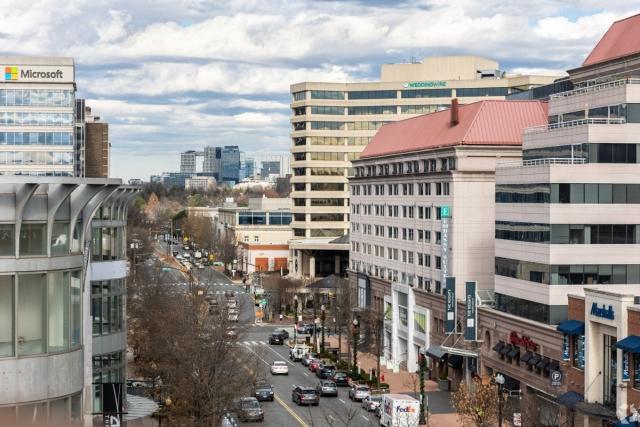Living in the District: A 2025 Guide to Renting, Neighborhoods, and Local Flavor
Washington, D.C. is known for its government connection, but whether you’re moving for work, school, or a change of scenery, you’re sure to find more than just its political prowess. Behind all the monuments, museums, and artifacts of our country’s history, D.C. offers a renter’s market that’s dynamic—and a food scene that’s equally vibrant.
Let’s pull together some numbers, a few neighborhoods to watch, and local flavors you won’t want to miss.
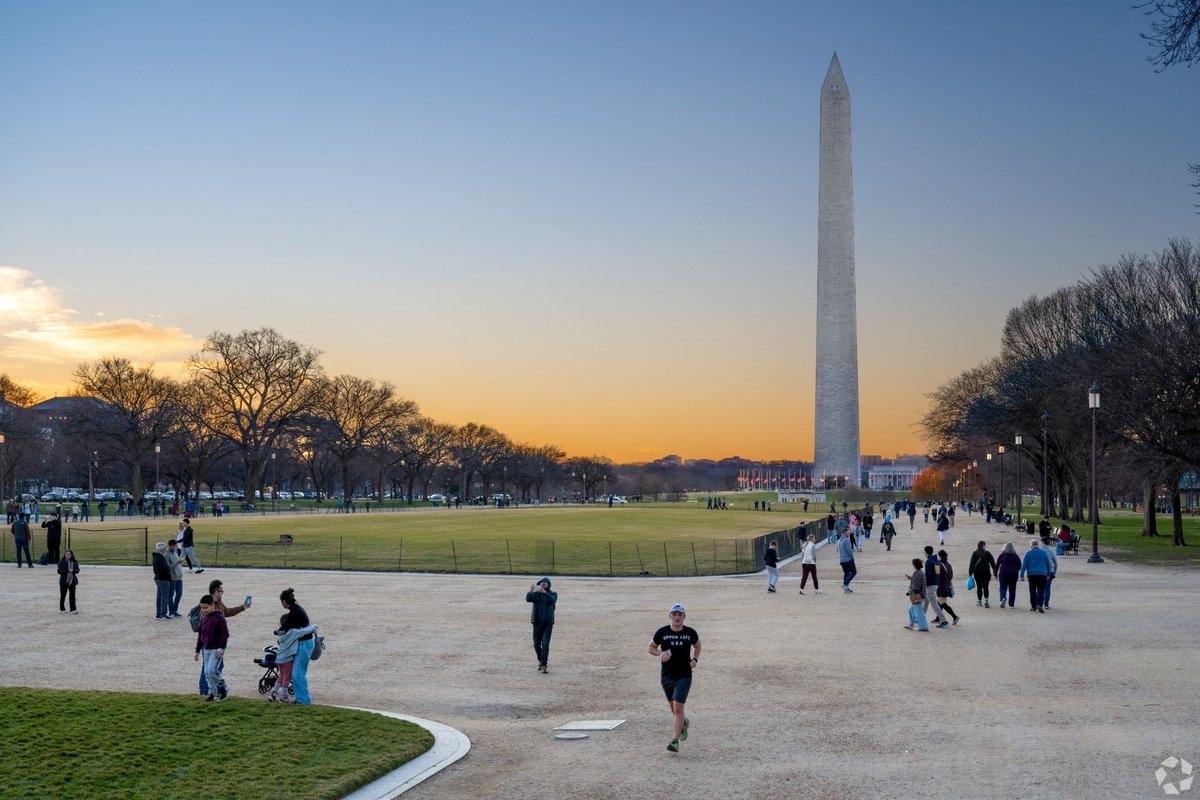
Washington, D.C. Rental Market Trends in 2025
In May 2025, average rent in Washington, D.C. landed at $2,304, according to Apartments.com. That’s 42% above the national average, but prices run the gamut:
- Studios average $1,874
- One-bedrooms ring in at $2,308
- Two-bedrooms at $3,173
- Three-bedrooms hit $4,066
Rent growth has cooled after climbing steadily over the past few years. Between January and mid-April, prices across the metro ticked up 1.2%, while in the District itself, the increase was just 0.4%.
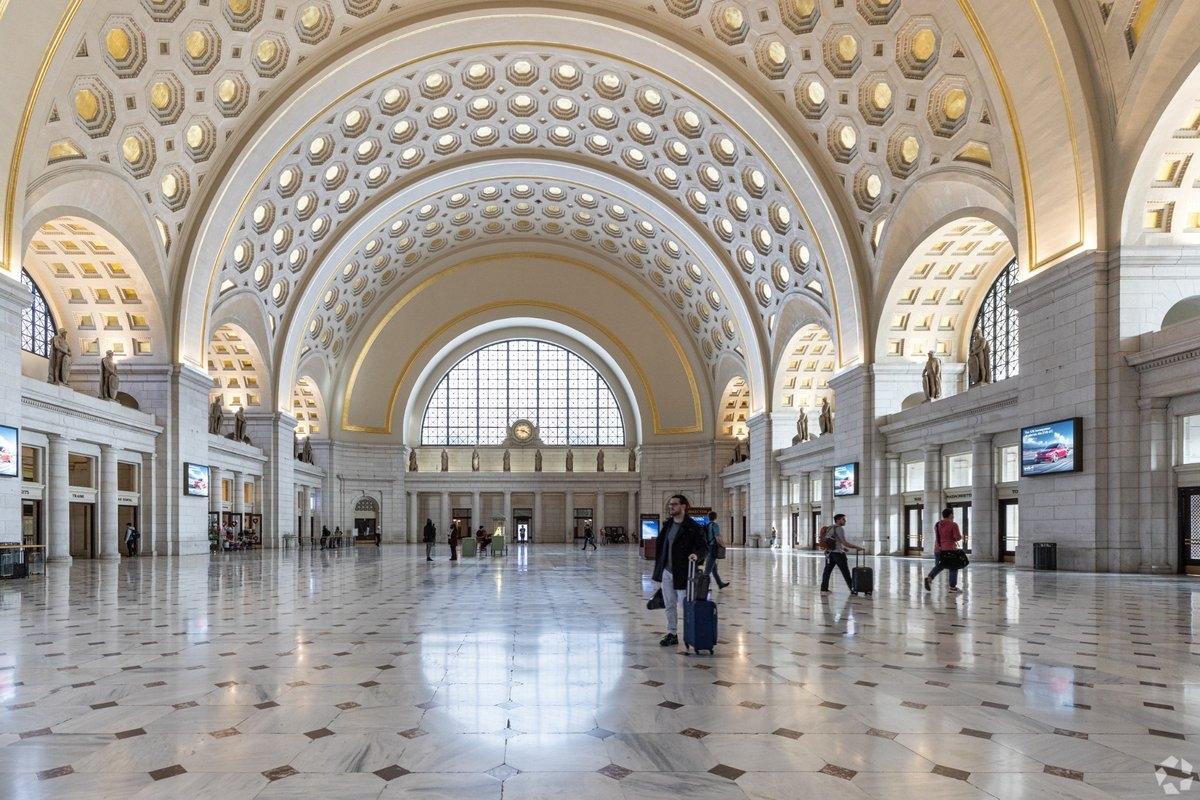
Best Affordable Neighborhoods to Rent in D.C.
Not every neighborhood comes with a premium price tag. In fact, a January 2024 Apartments.com roundup highlighted two areas where average one-bedroom rents sit well below the city norm of $2,201:
- Anacostia Southeast – $1,172
- Connecticut Avenue Northwest – $2,197
Both spots bring a strong sense of place without the high cost. In Southeast, Anacostia balances vibrance with a quieter, more residential pace, offering community spirit, parks, and a growing arts scene. On the other side of the city, Connecticut Avenue Northwest delivers a classic urban feel with easy access to shops, the Metro, and Rock Creek Park—making it peaceful and well-connected.

Top Places to Eat in Washington, D.C. in 2025
Eat your way through the melting pot of flavors that is the District.
On U Street, Ethiopian restaurants serve up injera and spiced stews. Just a few blocks away in Shaw, craft cocktail lounges sit next to late-night pizza joints. Columbia Heights whirls and buzzes with Salvadoran pupuserías and taquerías, while Brookland’s “Little Rome” charms renters with espresso bars and Italian bakeries.
Head south to Navy Yard for rooftop bars overlooking Nationals Park or over to Georgetown’s waterfront for oyster bars and riverfront dining.
Not into the sit-down scene? Farmers' markets and food halls are everywhere. Eastern Market draws weekend crowds for fresh produce and global street food, while NoMa and Southwest’s gourmet mess halls pack dumplings and artisanal ice cream under one roof.
Fan of food trucks? Look for clusters near K Street and the Wharf around lunchtime.
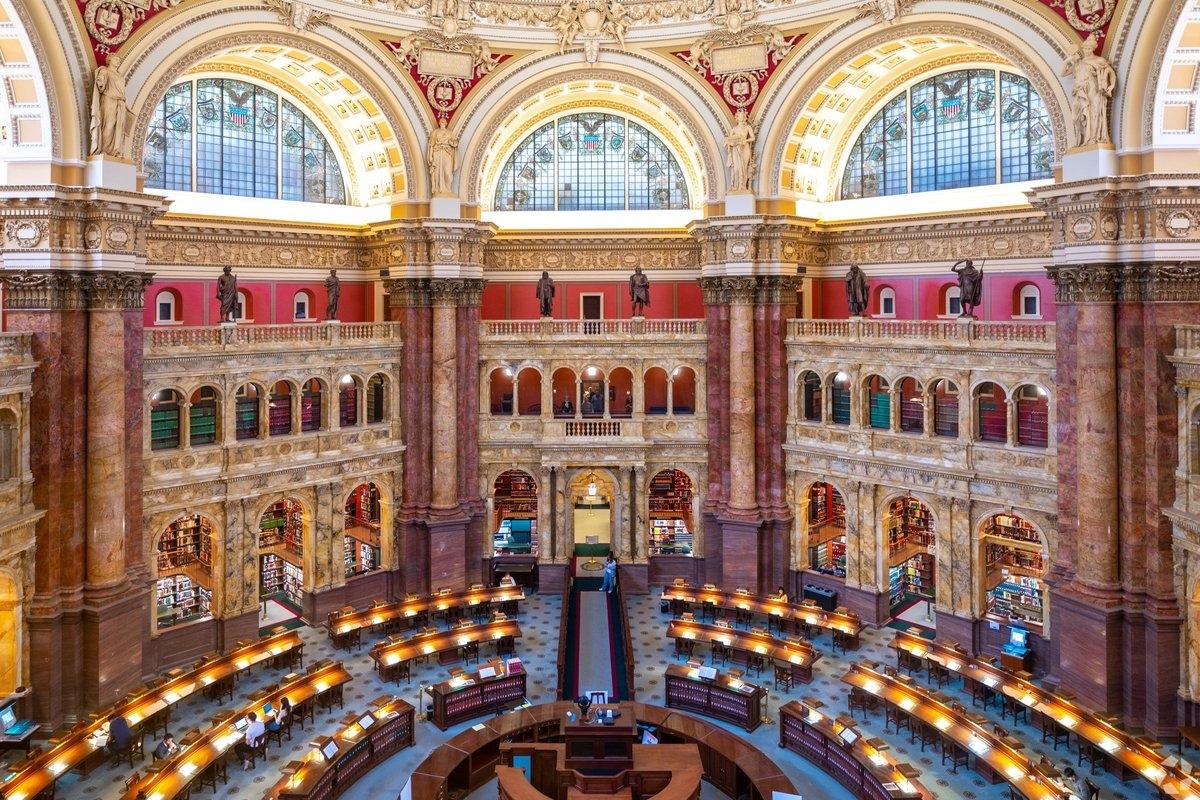
Hidden Gems and Must-Visit Hotspots in D.C.
There’s more to the District than what meets the eye.
On Kennedy Street in Petworth, hip bakeries share space with vinyl shops. Haines Point Park offers a quiet biking loop along the Potomac—fewer crowds than Trail Bridge Park, same great views. The cherry blossoms along the Anacostia River Trail are a springtime secret that locals swear by.
Over in the Atlas District, basement jazz bars and blues spots bring a speakeasy vibe. Keep going and you’ll find live music behind unmarked doors in Chinatown and Penn Quarter, plus rooftop pools and craft cocktails in Navy Yard and Buzzard Point, your best bet for summer sky-studded dips.
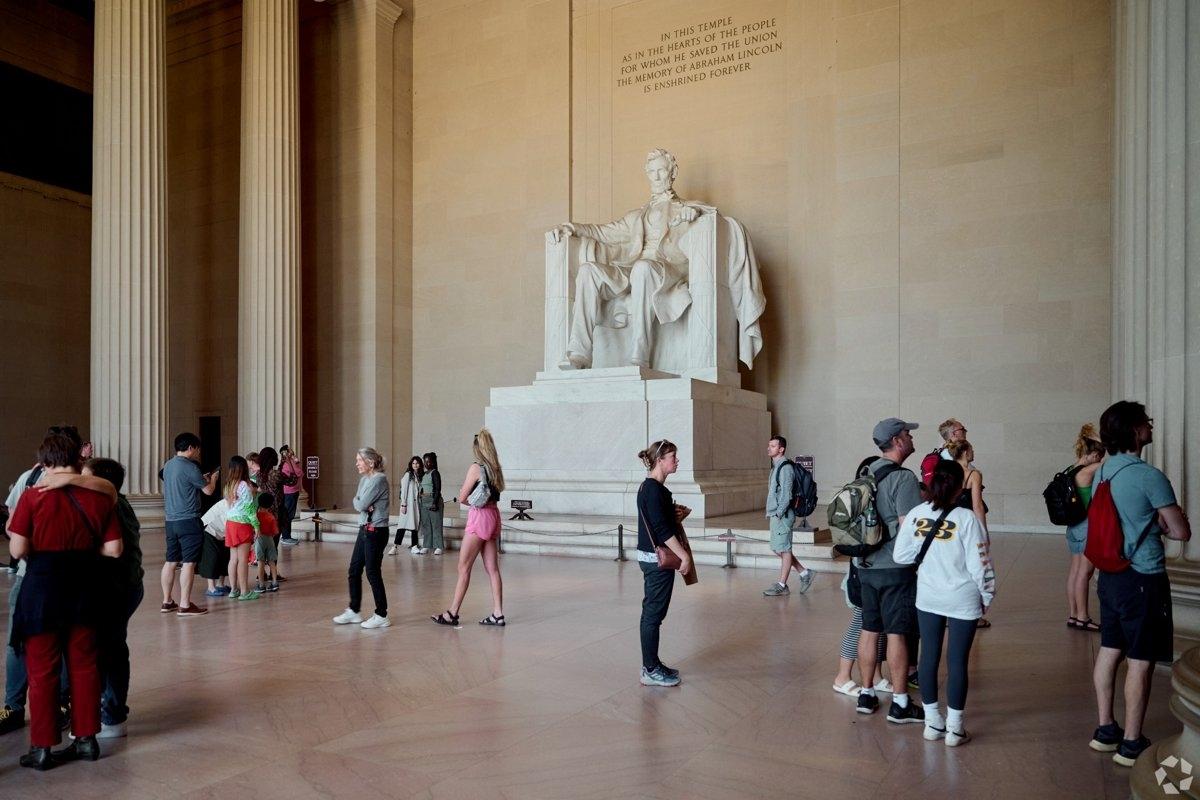
Moving to D.C.? Tips for Renters and Newcomers
When you’re making a move, timing matters. Always run your own cost-of-living numbers—it’s even easier now with Apartments.com’s Cost of Living Calculator.
Be sure to factor in commute time. While the Metro’s reliable, Green and Silver lines can slow down during peak hours. Check nearby bus routes and bike-share stations, too. If you’re planning to drive, keep in mind parking can add $100–$300 a month depending on the neighborhood.
A big move like one to Washington, D.C. might feel overwhelming—but the right data makes it doable. Bookmark neighborhoods you love. Set price alerts. Before you know it, you’ll have the perfect home base for your own District memories!

